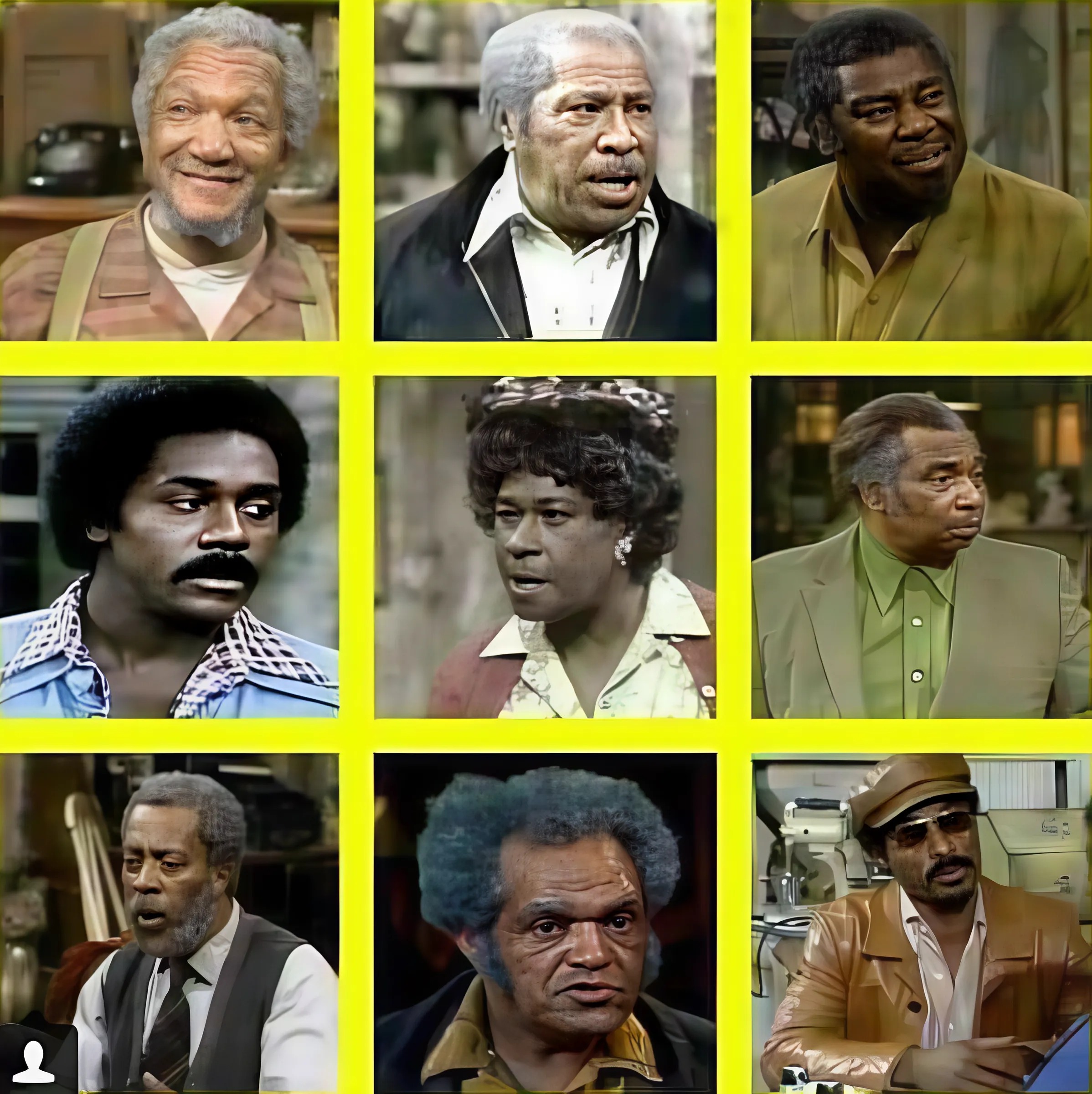
“From London to Los Angeles: How Two Rag-and-Bone Men Became American Cultural Icons.”
Few realize that the beloved American sitcom Sanford and Son, a cornerstone of 1970s television, wasn’t an original concept. It was, in fact, a brilliant American adaptation of a highly successful, yet far less globally recognized, British comedy series: Steptoe and Son.
The Journey from London to L.A.
The credit for bringing this unique premise across the Atlantic goes to television visionary Norman Lear. After seeing the original Steptoe and Son—which centered on a curmudgeonly junk dealer and his long-suffering son in a working-class London—Lear immediately saw its potential for an American audience. He envisioned transposing the core dynamic to an African American setting, specifically the Watts neighborhood of Los Angeles, believing the comedic tension and emotional depth of the father-son relationship would resonate powerfully within a new cultural context.
Lear’s genius lay in his ability to adapt the show’s spirit while infusing it with distinctly American humor and social commentary. By casting the incomparable Redd Foxx as Fred Sanford and Demond Wilson as Lamont, he created characters who were not just funny, but culturally significant. Sanford and Son became more than just a sitcom; it was a pioneering show that brought authentic Black voices and experiences into mainstream living rooms, tackling issues of race, class, and family dynamics with groundbreaking honesty and humor.
Why the American Version Soared Higher
While Steptoe and Son was a critical and popular success in the UK, Sanford and Son achieved a different level of cultural impact, becoming a true American phenomenon. Several factors contributed to its elevated status:
- Redd Foxx’s Star Power: Foxx’s raunchy, fearless stand-up persona translated perfectly to Fred Sanford. His unpredictable comedic timing and unique delivery gave the character an unparalleled energy that was instantly iconic.
- Cultural Relevance: The show’s setting in Watts and its focus on a Black family allowed it to tap into themes and humor that were fresh and vital to American audiences in the 1970s. It provided representation and relatability that was largely absent from television at the time.
- Broader Appeal: While both shows tackled universal themes of generational conflict and dreams deferred, Sanford and Son often leaned into a broader, more accessible style of humor that appealed to a diverse American viewership.

Ultimately, Norman Lear didn’t just remake a show; he reinvented it. He took a strong concept and, through masterful casting and cultural adaptation, transformed it into a groundbreaking series that remains a beloved classic and a testament to the enduring power of laughter and family.
